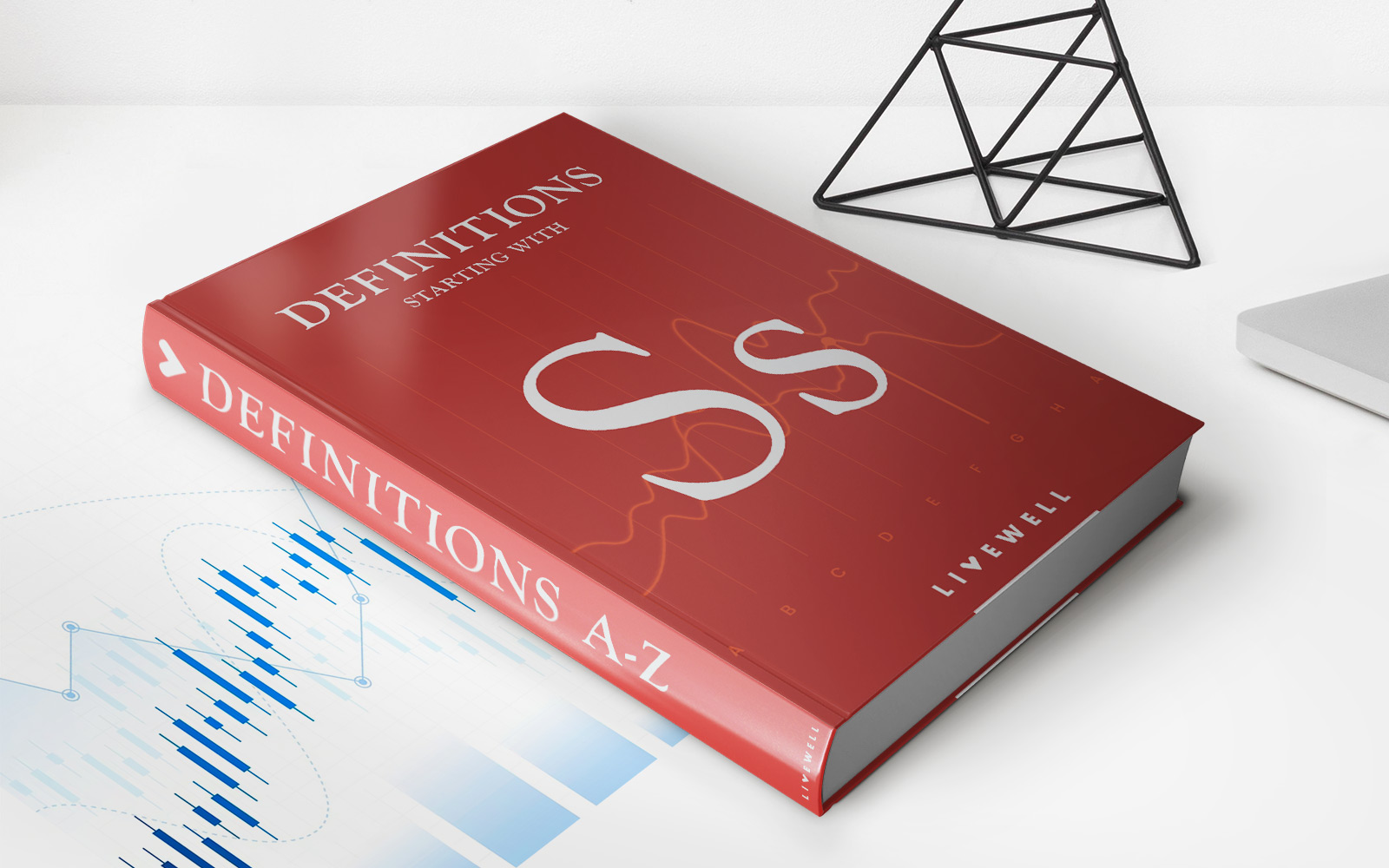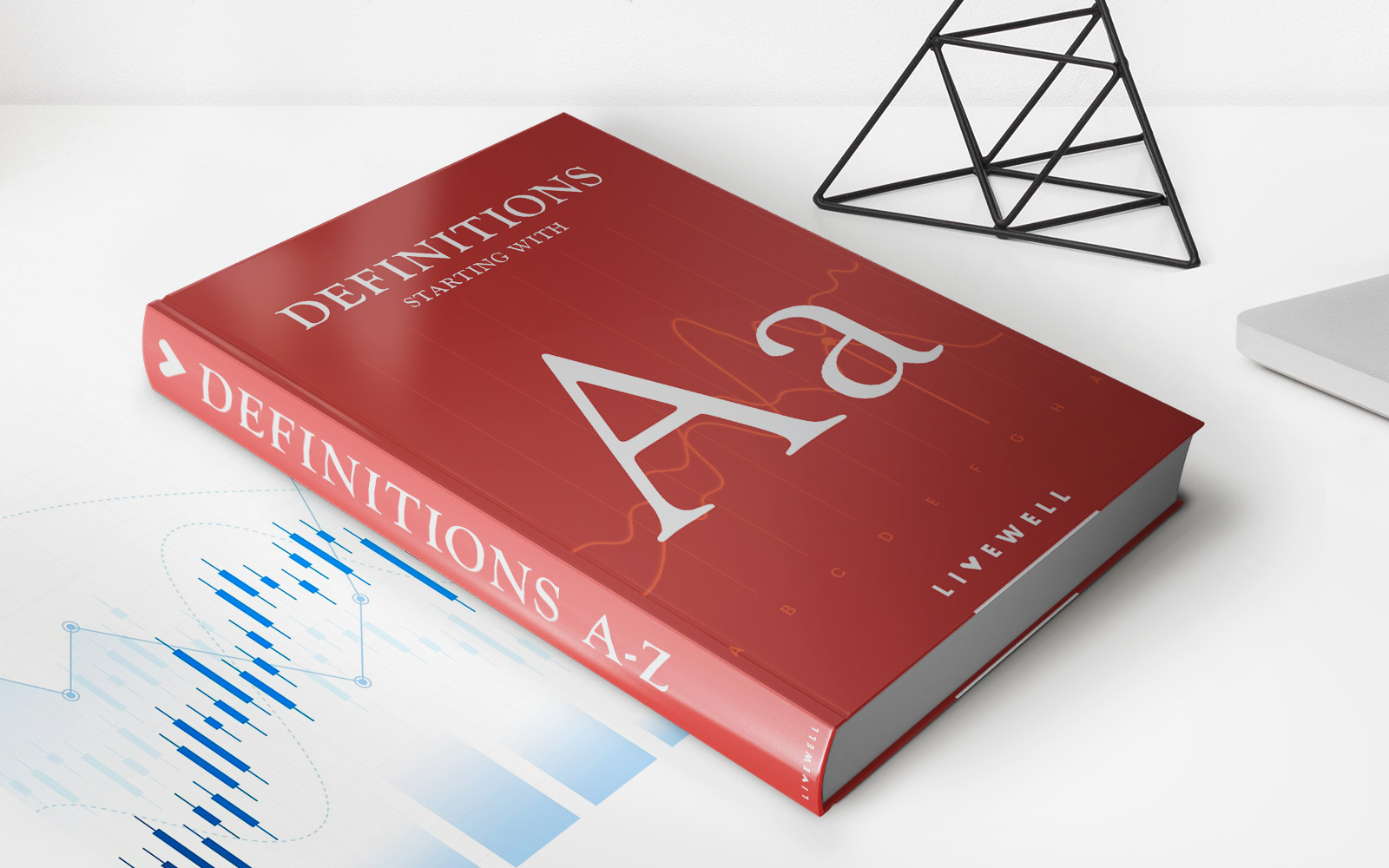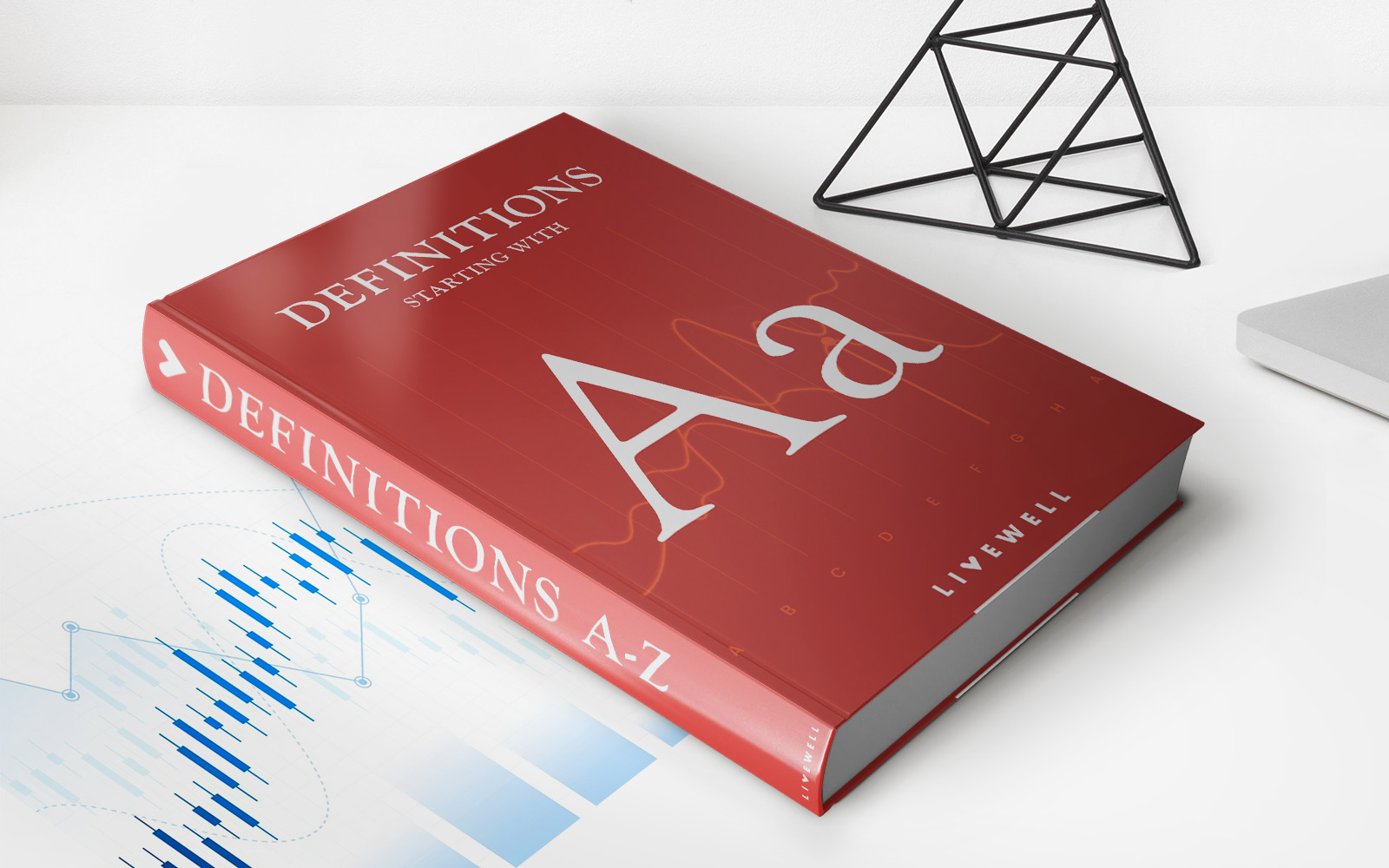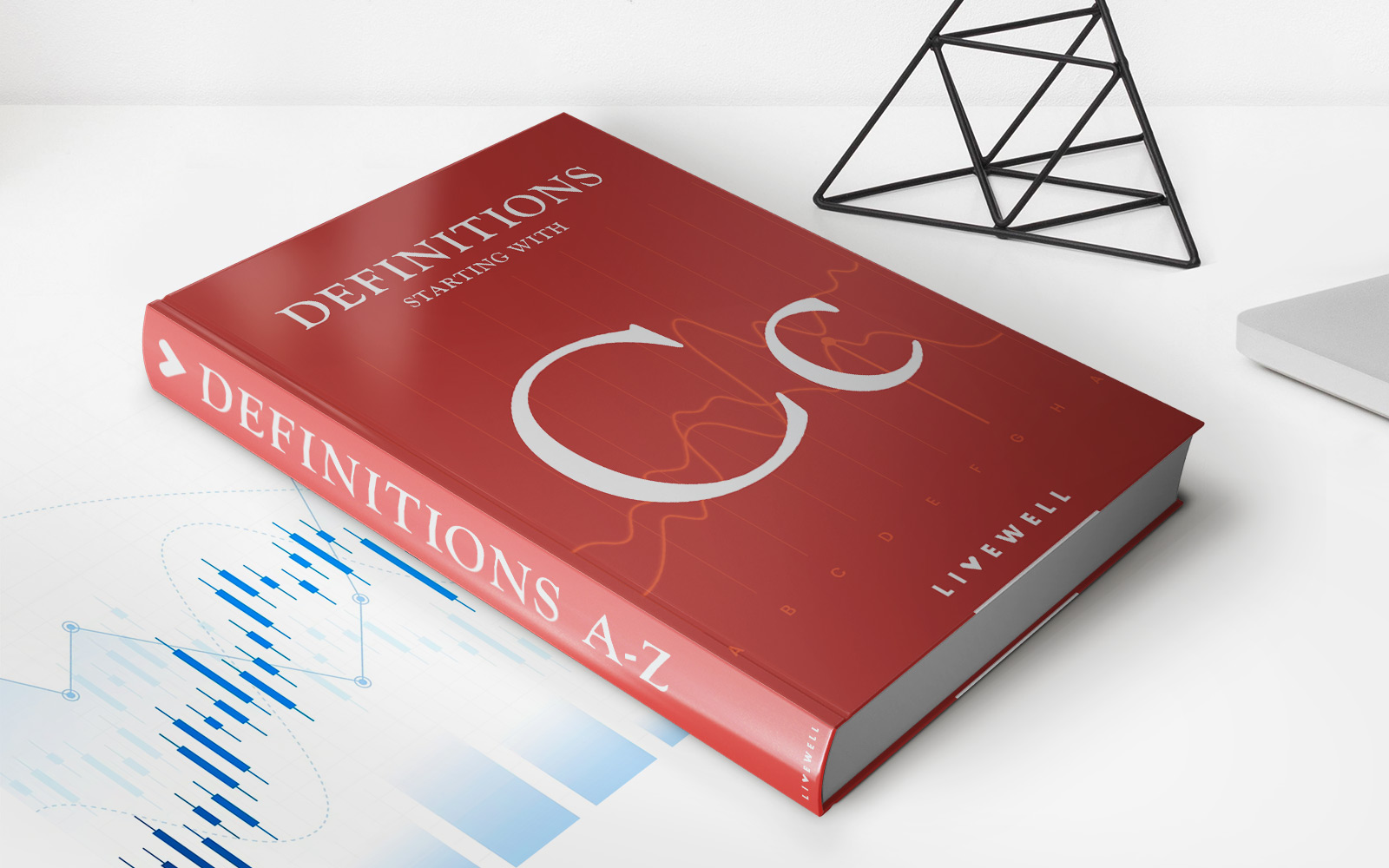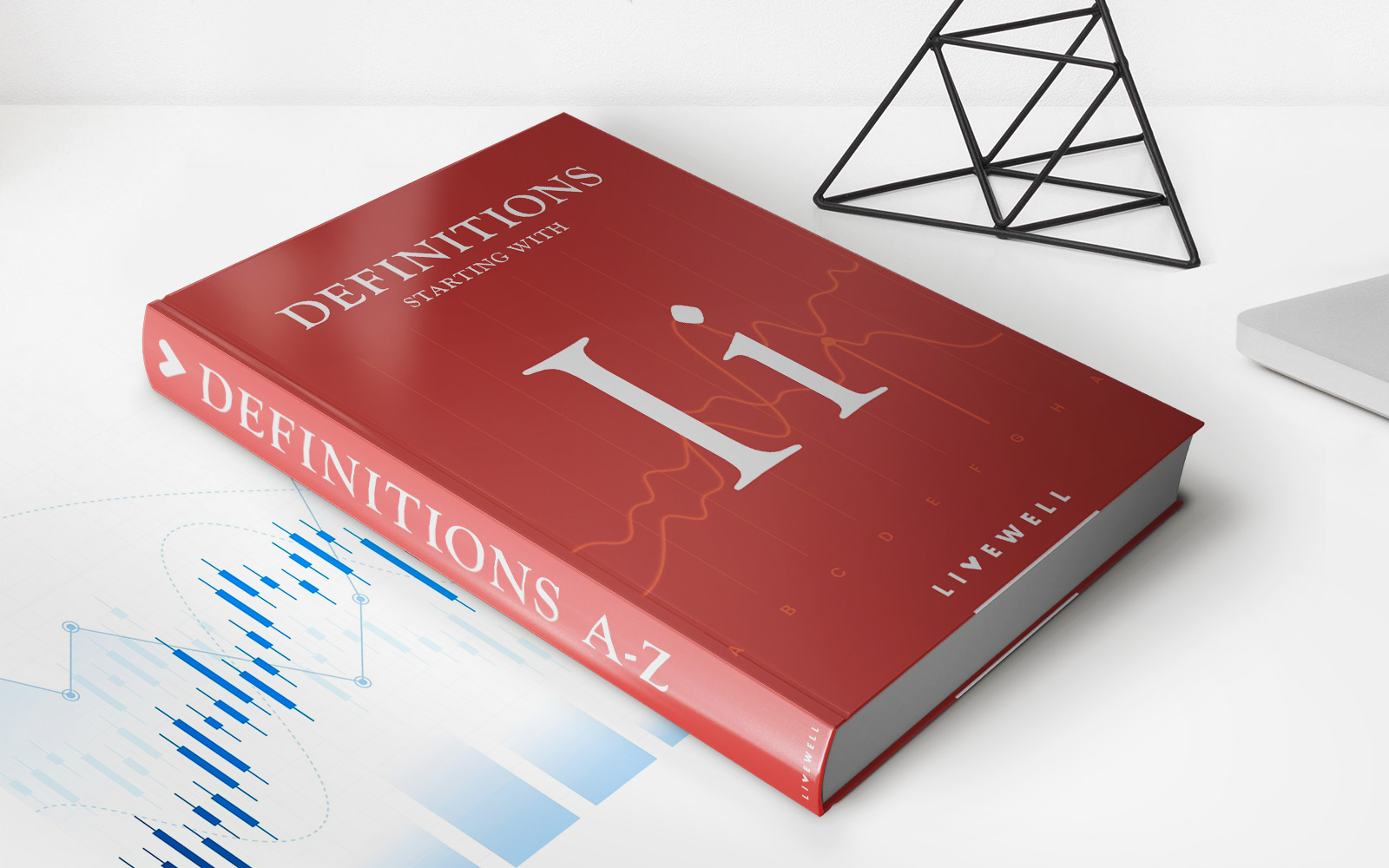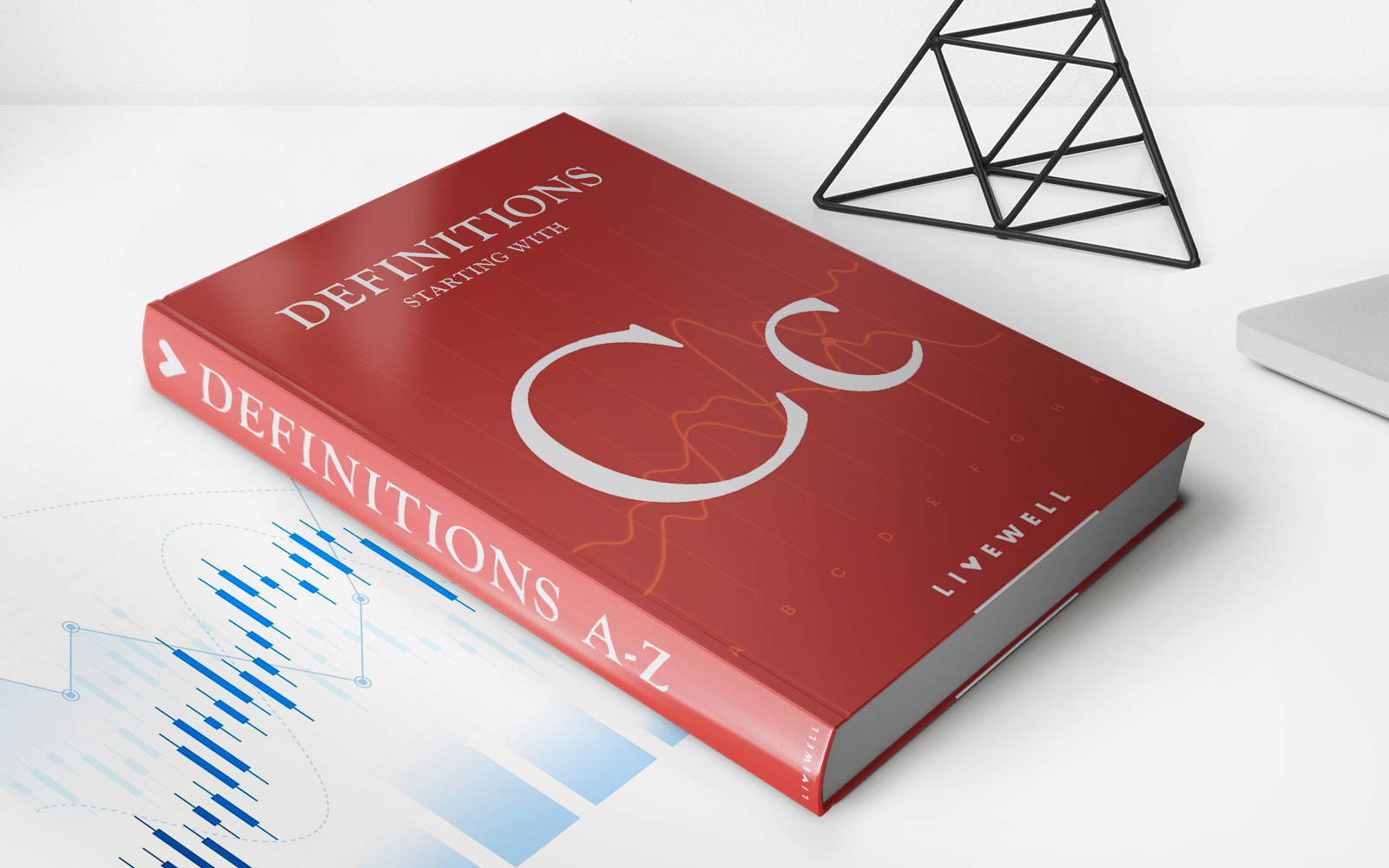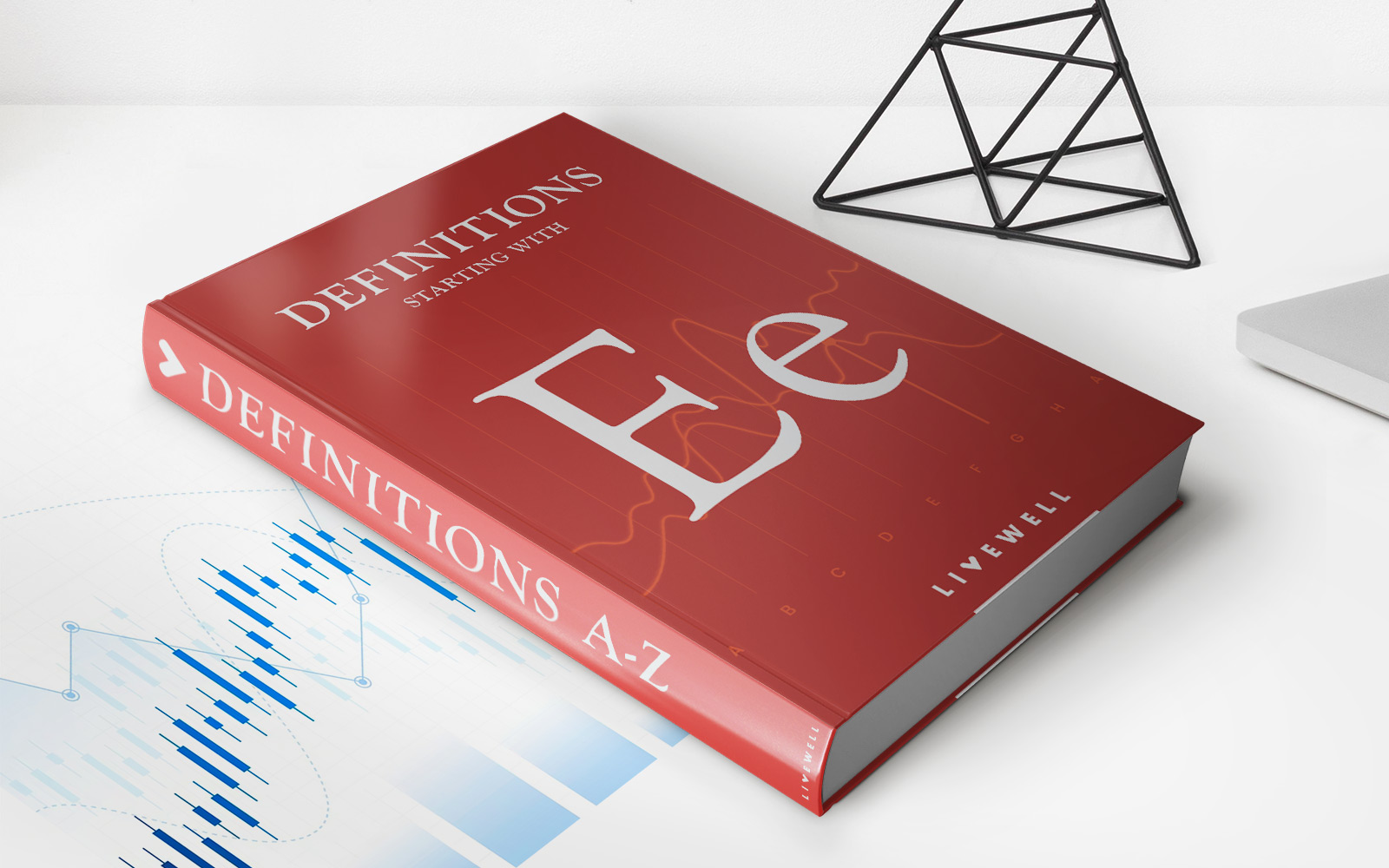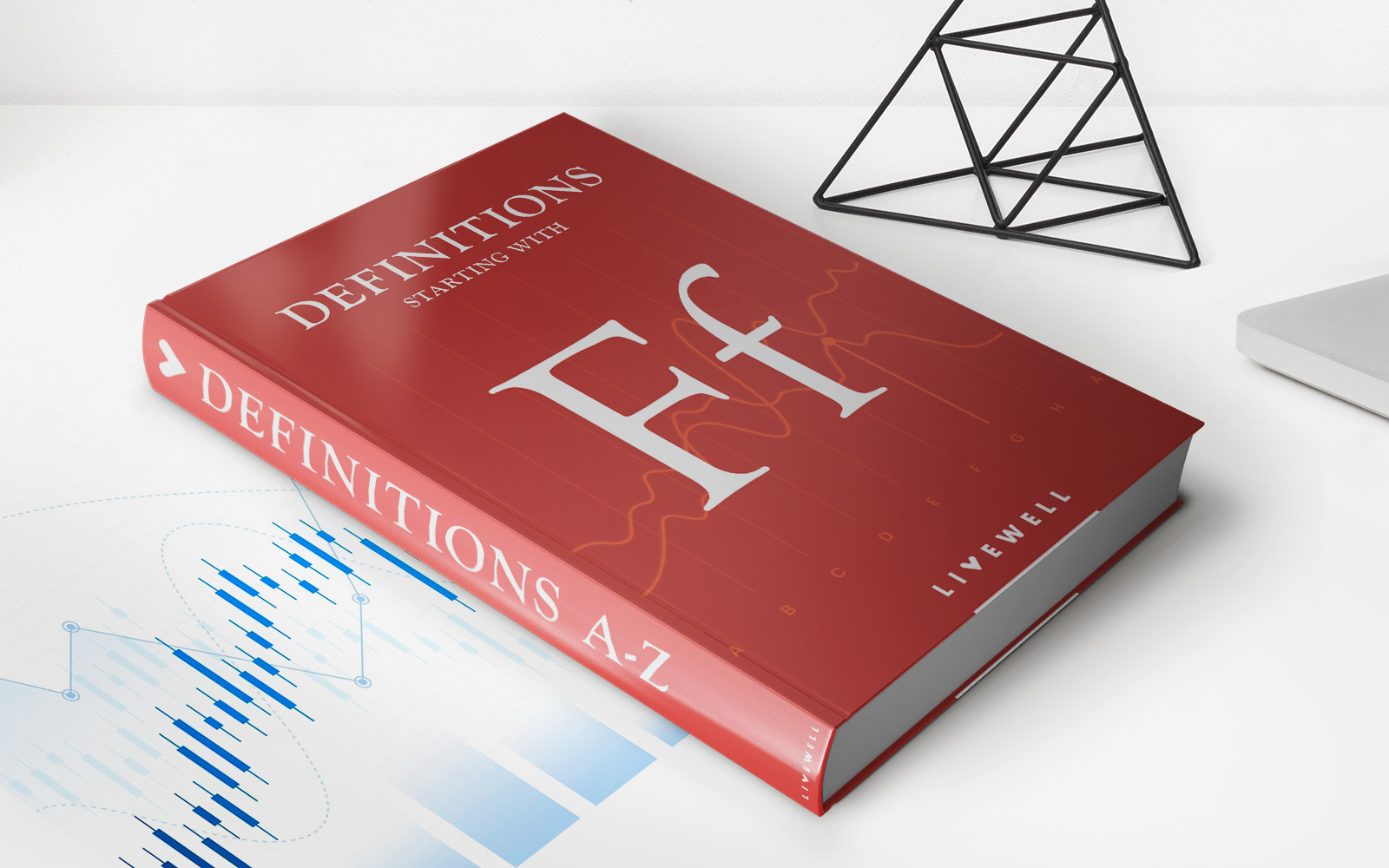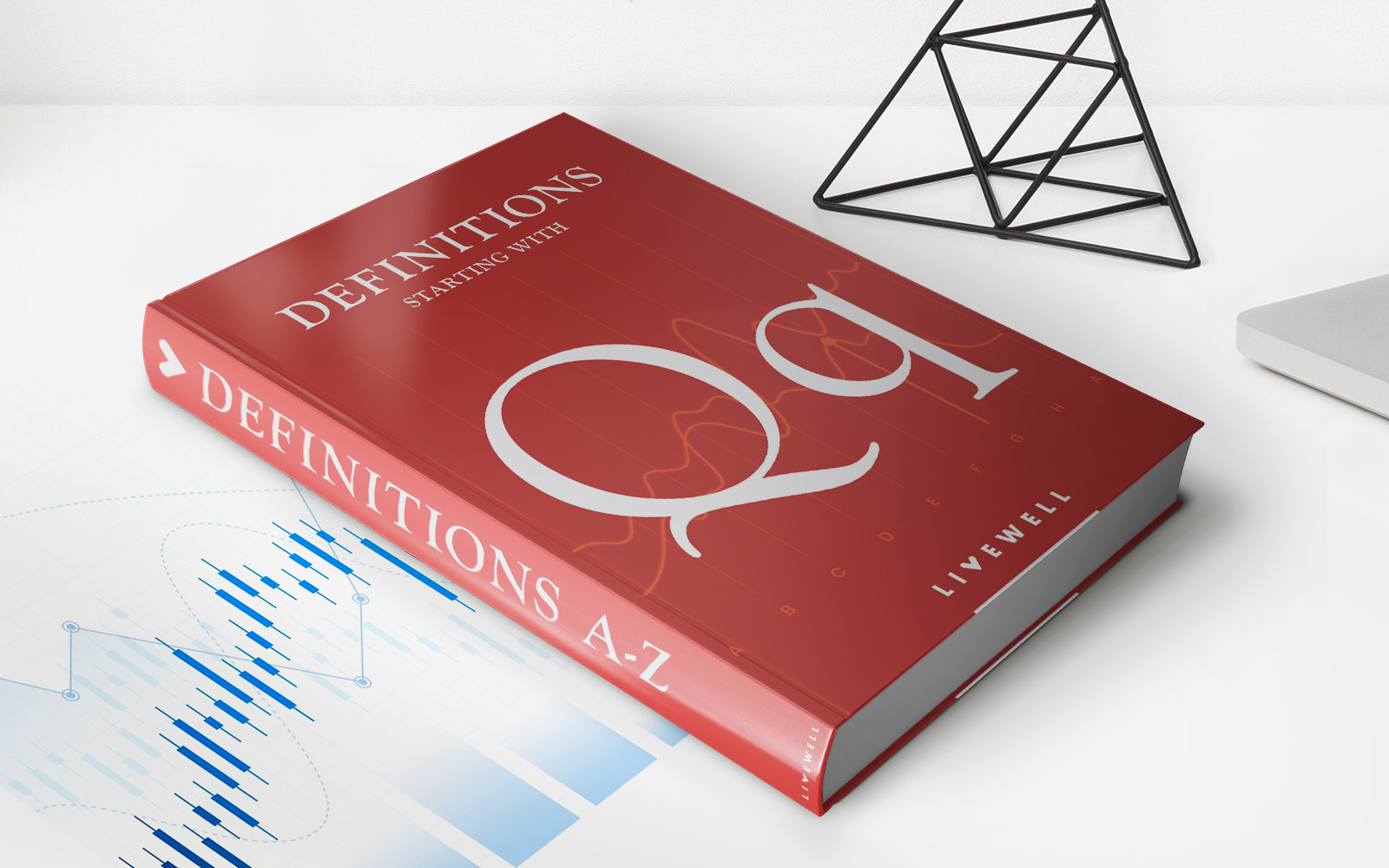Home>Finance>Commodity Swap: Definition, How It Works, Example
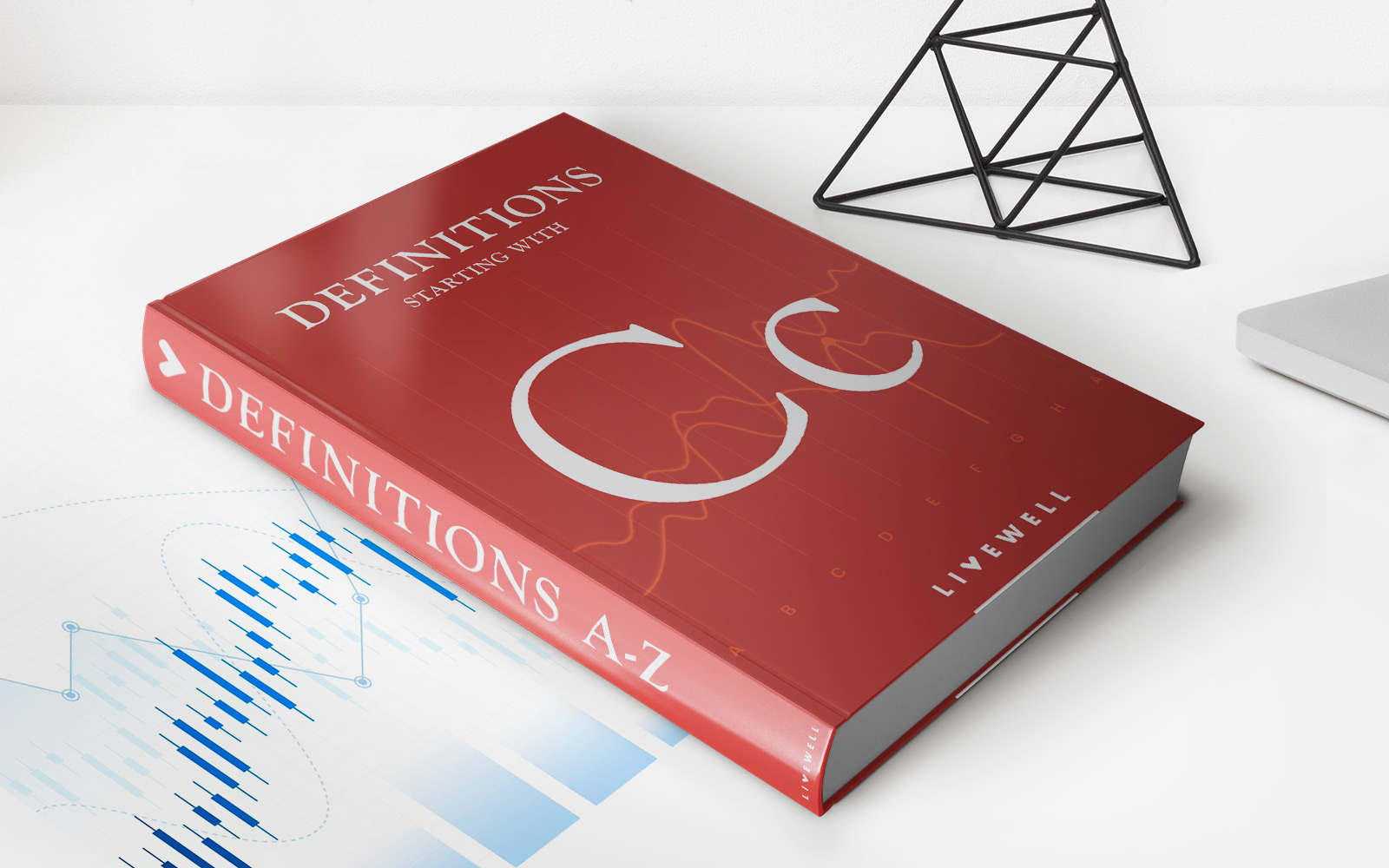

Finance
Commodity Swap: Definition, How It Works, Example
Published: October 30, 2023
Discover the definition, working mechanism, and an example of a commodity swap in the world of finance. Enhance your understanding of finance with this comprehensive guide.
(Many of the links in this article redirect to a specific reviewed product. Your purchase of these products through affiliate links helps to generate commission for LiveWell, at no extra cost. Learn more)
Understanding Commodity Swaps: A Guide to Financial Management
Finance is a broad field that encompasses various instruments and strategies. One such instrument that plays a crucial role in managing financial risk is a commodity swap. In this article, we will delve into the world of commodity swaps, exploring their definition, how they work, and providing an example to give you a better understanding of their practical application. So, let’s dive right in!
Key Takeaways:
- Commodity swaps are financial contracts that allow two parties to exchange cash flows based on the price fluctuations of a specific commodity.
- These swaps are commonly used to hedge against price risks, speculate on future price movements, or gain exposure to commodity markets without owning physical assets.
A commodity swap is a type of financial derivative contract where two parties agree to exchange cash flows based on the price fluctuations of a particular commodity. This agreement allows both parties to manage their exposure to price risk effectively. Unlike futures or options contracts, which give the right but not the obligation to buy or sell a commodity, a swap involves a mutual agreement to exchange payments.
Let’s illustrate how a commodity swap works with an example:
Imagine a farmer who grows wheat and wants to secure a fixed price for his crop, and a food processing company that needs a stable supply of wheat at a predetermined price. They can enter into a commodity swap contract, where the farmer agrees to pay the food processing company any difference if the market price of wheat falls below the agreed-upon swap price. Conversely, the food processing company will pay the farmer an amount equal to the difference if the market price exceeds the swap price. In this way, both parties secure their desired outcomes and minimize their exposure to price fluctuations.
Commodity swaps offer several benefits to market participants. Here are some key advantages:
- Risk Management: Commodity swaps allow participants to hedge against price risks, protecting themselves from adverse fluctuations in commodity markets. By locking in prices, producers and consumers can plan their operations with more certainty.
- Speculation: Traders and investors can use commodity swaps to speculate on future price movements. By taking positions based on their market forecasts, they can potentially profit from anticipated price changes.
- Exposure to Commodity Markets: Commodity swaps enable participants to gain exposure to commodity markets without physically owning the assets. This is particularly useful for investors who want to diversify their portfolios and seek opportunities in different sectors.
Commodity swaps are widely used in various industries, including agriculture, energy, and metals. They provide participants with flexibility, allowing them to customize the terms of the swap to suit their specific requirements. However, it’s important to note that commodity swaps are complex financial instruments, and proper understanding and risk management are crucial before engaging in such transactions.
To conclude, commodity swaps play a vital role in financial management by providing participants with an effective tool to manage price risks, speculate on future price movements, and gain exposure to commodity markets. Understanding the mechanics and benefits of commodity swaps can assist businesses and individuals in making informed decisions and better navigating the ever-changing world of finance.
